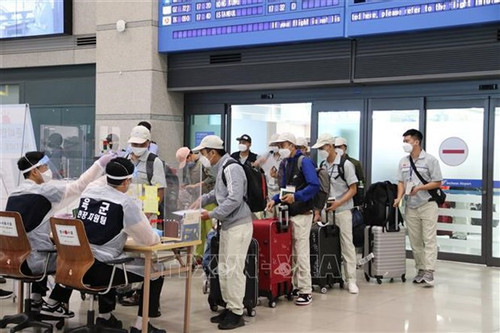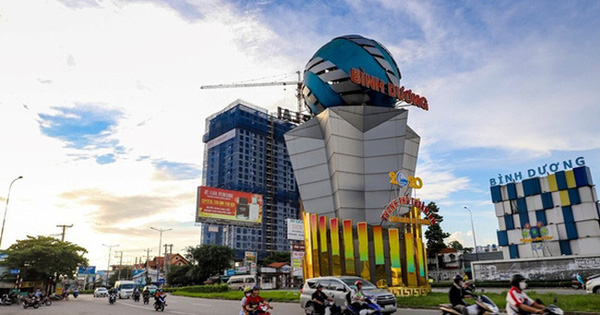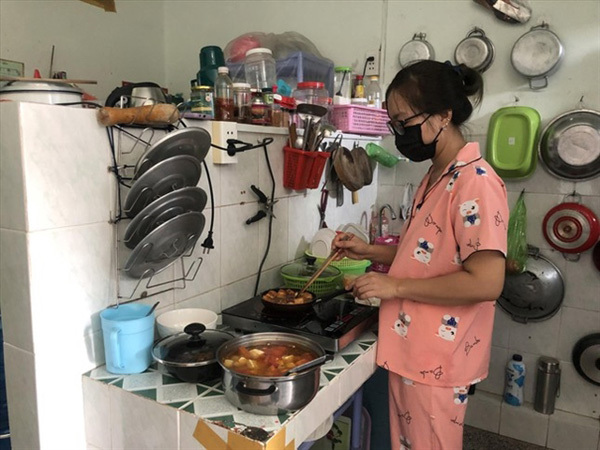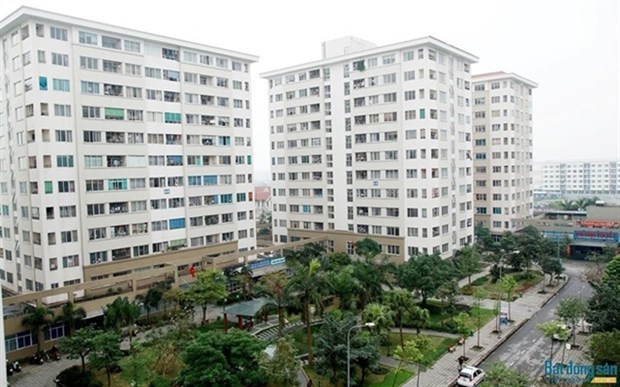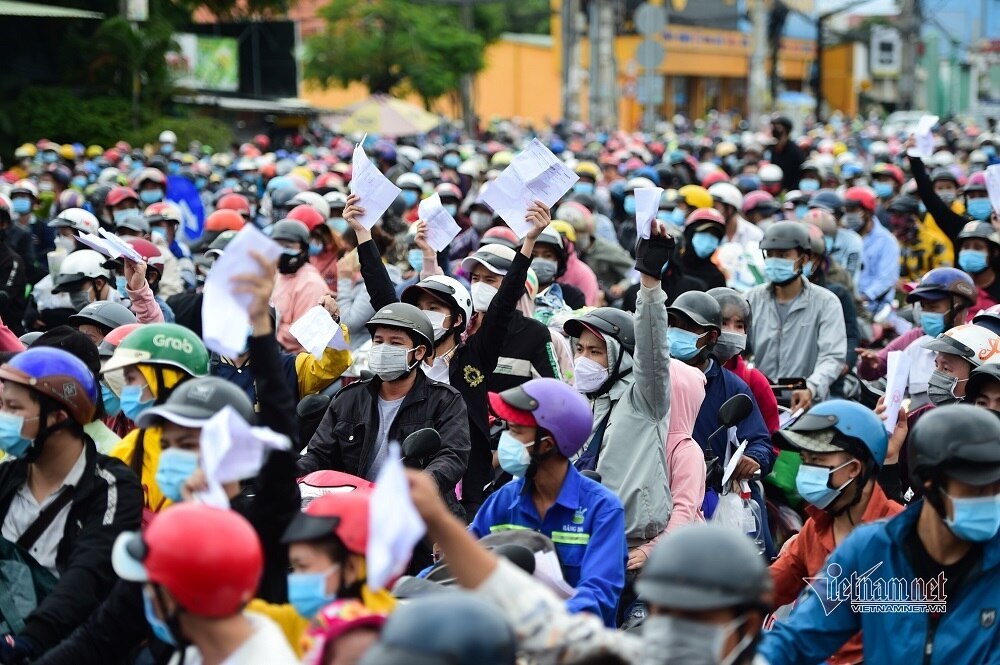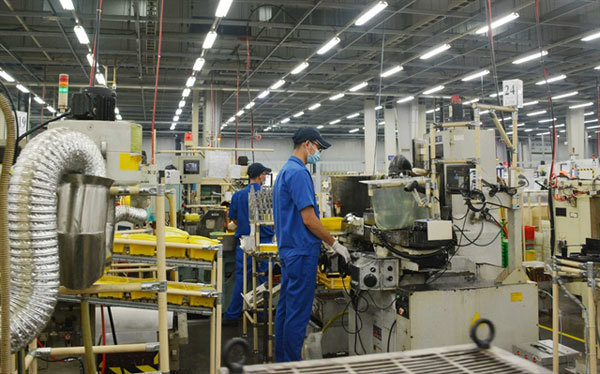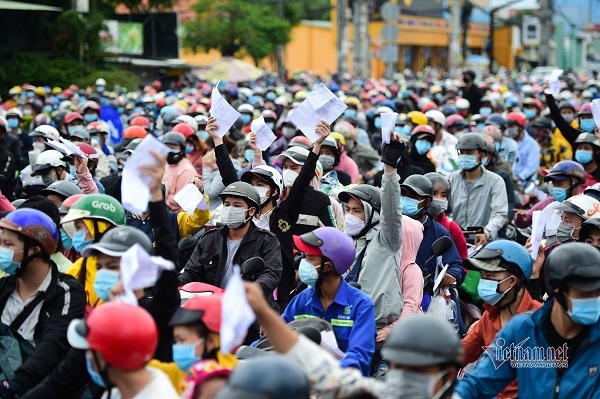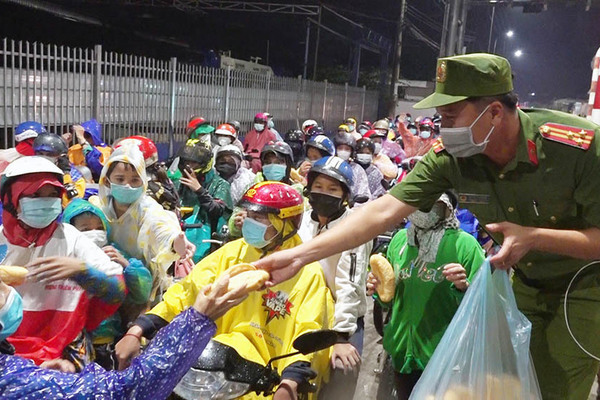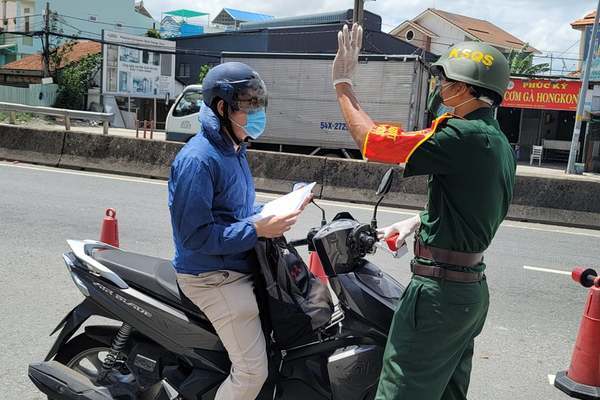- © Copyright of Vietnamnet Global.
- Tel: 024 3772 7988 Fax: (024) 37722734
- Email: evnn@vietnamnet.vn
migrant workers
Update news migrant workers
IOM pledges close cooperation with Vietnam to support migrant workers
The International Organisation for Migration (IOM) pledges to work closely with the Vietnamese Government to develop migrant workers’ skills, give them better employment chances, and improve their migration experience.
Migration rates in Binh Duong and Bac Ninh are higher than in HCMC and Hanoi
The General Statistics Office’s report shows that the number of provinces with a positive net migration rate is 11. The remaining provinces have negative net migration rates.
Migrant labourers welcome New Year far from home
Ngo Thi My is among many migrant workers in HCM City who plan to stay in the city to earn a living during the Tet (Lunar New Year) after a tough year impacted by COVID-19.
HCM City seeks 1.66b USD to build affordable housing for workers
HCMC authorities are seeking 37.6 trillion VND (1.66 billion USD) to build affordable housing for workers over the next five years, of which State revenue will account for no more than 5 percent of the total investment.
HCM City faces serious labor shortage as workers delay return until after Tet
Experts have warned that workers say they will only return to HCM City after Tet, leaving a labor shortage at many businesses.
Businesses struggle with labour shortage following the big exodus of migrant workers
Dang Trong Ha, 27 years old, from central province of Nghe An, moved to southern Dong Nai Province in April with the hope of finding a well-paid job.
Labor shortage a headache for businesses in HCM City
As many as 500,000 workers have left the labor market in the last five months, while a high number of workers have left HCM City for their hometowns, resulting in a serious labor shortage.
Local authorities help returnees from the south find new livelihoods
Tens of thousands of workers have repatriated, leading to a lack of jobs in destinations and of workers at their departure locations.
The long journey of young couples with children back home
Many young couples have had to leave pandemic-hit cities to return to their hometowns because they don't have a job and are out of money. They carry their children in a long journey from the south to the north.
Not all HCM City migrants choose to leave, many hopeful about livelihood post-COVID
Thousands of people left HCM City for their hometowns in the last few days after the city lifted its lockdown on October 1, but many migrants have chosen to stay back to resume work or look for new jobs.
People from covid-hit areas keep flocking to the Central Highlands
Tens of thousands of people from southern provinces that are Vietnam’s pandemic hotspot are flocking to the Central Highlands provinces, posing great pressure for the prevention and control of the Covid-19 epidemic in these localities.
As migrant workers leave cities, who will save businesses?
Thousands of migrant laborers have returned to their hometowns to avoid the pandemic, leaving behind city dreams. The consequence is that enterprises lack workers to restore production in the "new normal".
Tens of thousands of people leave epidemic-hit areas to return to their hometowns
The huge flow of people leaving Vietnam’s Covid-19 hotspots to their hometowns in southwestern provinces has overloaded concentrated quarantine zones, where infection cases have been detected.
HCM City to use inter-provincial buses to transport people back to the city
Many people have expressed their willingness to return to HCM City to work and study. The municipal authorities are considering using inter-provincial buses to bring them back.
Migrant workers happy with food packages
Receiving gifts of rice, meat, vegetable and milk, Le Thi Dung was happy that she and her family had nutritious food to eat.
Migrant workers struggling to survive in pandemic
Seeing the last of some instant noodles and vegetables in the kitchen, laid-off worker Trinh Thi Ngoc Loan in the southern province of Can Tho could not hold back her tears.
HCM City provides support for needy amid lockdown
The Standing Board of the HCM City Party Committee on Sunday (August 15) asked authorities of Thu Duc City and all districts to quickly provide support, including cash and free food, to needy people affected by the Covid-19 pandemic.
Motorbike caravans stop fleeing Southern provinces
In HCM City, gateway roads were quiet on August 2. There were no more images of “motorbike caravans” with up to hundreds of people leaving the city to go to their hometown.
Migrant workers struggle to survive amid second COVID-19 outbreak
Migrant workers in HCM City are seeking part-time work to compensate for reduced hours after the second COVID-19 outbreak.
Coronavirus: Singapore spike reveals scale of migrant worker infections
Mass testing has revealed the extent of the spread amongst Singapore's migrant worker community.
